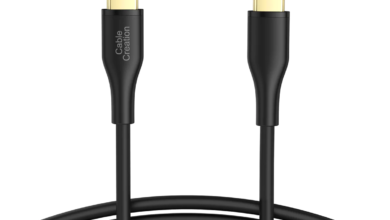3D Sensor: The New Revolution

In this article, you’ll find out about the new revolution that 3D sensors are bringing to the industry. The 3D sensor is a novel optical precision detection sensor with higher measurement accuracy and faster measurement speed. With its ability to detect distances up to a few millimeters, it is the best solution for highly accurate thickness measurements in production lines and research facilities.
What is a 3D sensor?
A 3D sensor is a device that can detect and measure the three-dimensional coordinates of an object. It is typically used in conjunction with a camera to create a 3D image or map of an area. 3D sensors can be used for a variety of applications, including navigation, industrial inspection, and medical imaging.
Applications of 3D sensors
The applications of 3D sensors are vast and varied. They have the potential to revolutionize many industries, including:
-Automotive: 3D sensors can be used in automobiles for a variety of purposes, such as detecting objects in the blind spot or measuring distance for adaptive cruise control or automatic braking systems.
-Aerospace: 3D sensors can be used in aircraft and spacecraft for navigation and collision avoidance.
-Manufacturing: 3D sensors can be used in factories for quality control, inspection, and assembly line automation.
Advantages of 3D sensors
3D sensors are becoming increasingly popular in a variety of applications. However, there are a few advantages to consider before investing in this technology.
- Increased accuracy – 3D sensors can more accurately detect objects and track movement, which is beneficial for applications that require precise tracking or measurement.
- Greater range – 3D sensors can detect objects at greater distances than traditional 2D sensor technologies.
Conclusion
With its ability to accurately track depth and distance, the 3D sensor provides a level of accuracy and precision that other sensors simply can’t match. If interested, please check out the website of SmartMoreInside!





